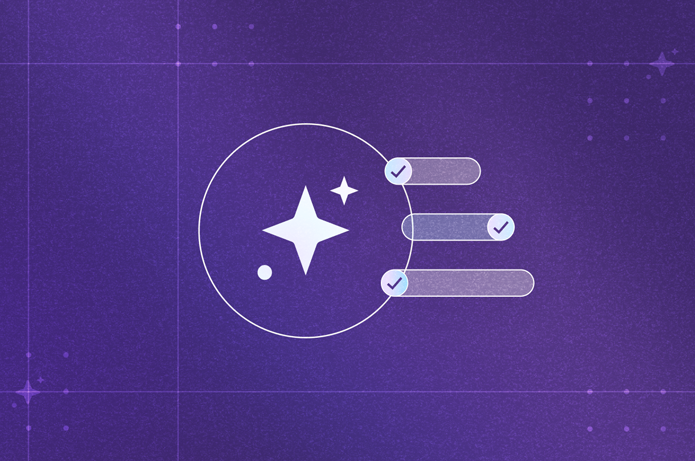Mental health stressors are different for every employee, but the workplace impact is painfully evident. Employee stress is at an all-time high and the global price tag for low engagement alone is $7.8 trillion. Fortunately, organizations are recognizing the importance of prioritizing employee wellbeing and the different ways to holistically support mental health at work are growing as well—including fast access to mental healthcare for employees and their family members, coaching, and alcohol and drug support programs.
October 10 is World Mental Health Day, a day for raising awareness about mental health around the globe. Let’s take this opportunity to focus on protecting and improving mental health where it can too often be overlooked: the workplace.
What is World Mental Health Day?
In 1992, the Deputy Secretary General of the World Federation for Mental Health, Richard Hunter, imagined a dedicated day to advocate for mental health. On October 10 of that year, the Federation chose to commemorate the importance of mental health advocacy and education, creating World Mental Health Day. Since then, it’s become a day to raise global awareness of mental health issues and share resources.
It’s also an opportunity for mental health professionals and organizations to talk about their work, and shine the spotlight on the work that still needs to be done to give everyone fast access to high-quality mental healthcare.
Making mental health for all a global priority
Each World Mental Health Day is organized around a theme. Past themes include Young People and Mental Health in a Changing World (2018), Mental Health Promotion and Suicide Prevention (2019), and Mental Health in an Unequal World (2021).
The theme for this year is Make Mental Health & Wellbeing for All a Global Priority. HR leaders at organizations both large and small have an opportunity to embrace the hope, unity, and connection this theme conveys.
5 ways to prioritize and improve employee wellbeing
Now, more than ever before, we’re seeing just how much mental health can affect a person’s entire life—especially as stress, anxiety, and depression remain at record highs and the children’s mental health crisis continues to worsen.
The past two and a half years have pulled us apart in so many ways, and the increase in mental health issues around the globe reflects this:
- Depression is one of the leading causes of disability
- Suicide is the fourth leading cause of death among 15-29-year-olds
- People with severe mental health conditions die prematurely—as much as two decades early—due to preventable physical conditions
It’s essential to show your employees that you care about their wellbeing, and encourage conversations about mental health in the workplace. Here are five ways to do this as we approach World Mental Health Day.
Raise awareness
Encourage leadership and employees to share their mental health journeys leading up to and on World Mental Health Day. This is an excellent way to normalize talking about mental health and therapy at your company. You can do this by creating a Slack channel for the day, a place where you can share experiences, personal stories, and mental health resources.
Host a meditation or workshop
Invite a therapist or a coach to lead a meditation or workshop during the workday. Topics to consider include practicing mindfulness, reducing burnout and stress, and changing your thoughts to change how you feel.
Encourage your employees to begin a self-care practice
Self-care is a positive habit that can nourish mental health in an inexpensive, easy way. A proven example is gratitude. Identifying three things you’re grateful for each day can increase your mood and overall wellbeing.
Here are a few more self-care suggestions you can share with your employees:
- A morning routine can make your entire day feel different and put you in the best headspace. This can include journaling, gratitude, meditation, a workout—whatever feels right for you.
- Take breaks regularly, especially after an intense meeting, and get outside or get moving if possible. Block out your calendar if necessary to ensure regular breaks.
- Turn off your camera whenever you’re experiencing Zoom fatigue. It helps to send out company-wide communication giving employees permission to do this.
- If you work remotely all or part of the time, create a morning and evening commute by taking a walk, going for a bike ride, working out, journaling, or meditating.
Give your employees a mental health day
A recent study reveals that more than 78% of survey respondents say mental health days and access to affordable mental healthcare would help them be more productive at work. Offering a mental health day on World Mental Health Day is the ultimate way to show how much you value the wellbeing of your employees.
If you can’t give the whole day this year, consider a half day or ending the workday early. To continually boost productivity and engagement and reduce burnout, begin regularly offering company-wide mental health days throughout the year, or an allocated number of mental health days—in addition to your sick time and PTO policies.
Remind employees about their mental health benefits
This is the perfect time to send an email or Slack message detailing the mental health benefits your company offers employees and their dependents, and encourage them to use those benefits. If you know your EAP isn’t meeting your employee’s mental health needs, today is also the perfect time to begin considering more innovative options.
Discover how an innovative EAP with expanded access to mental healthcare increases utilization while normalizing mental health support.

Shannon is a Senior Content Marketing Manager at Spring Health, and has 15 years of marketing experience. She is also a Certified Professional Coach, Energy Leadership Index Master Practitioner, introvert, and HSP. She loves writing about introversion and mental health, and is a regular contributor for Introvert, Dear and Highly Sensitive Refuge.



.png)
.png)
.png)
.png)




.png)




.png)




